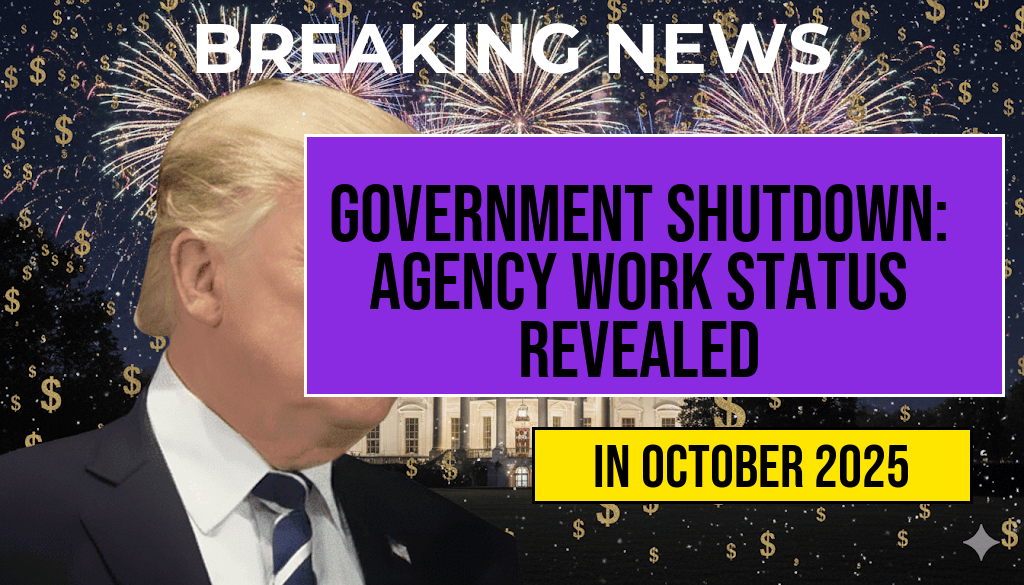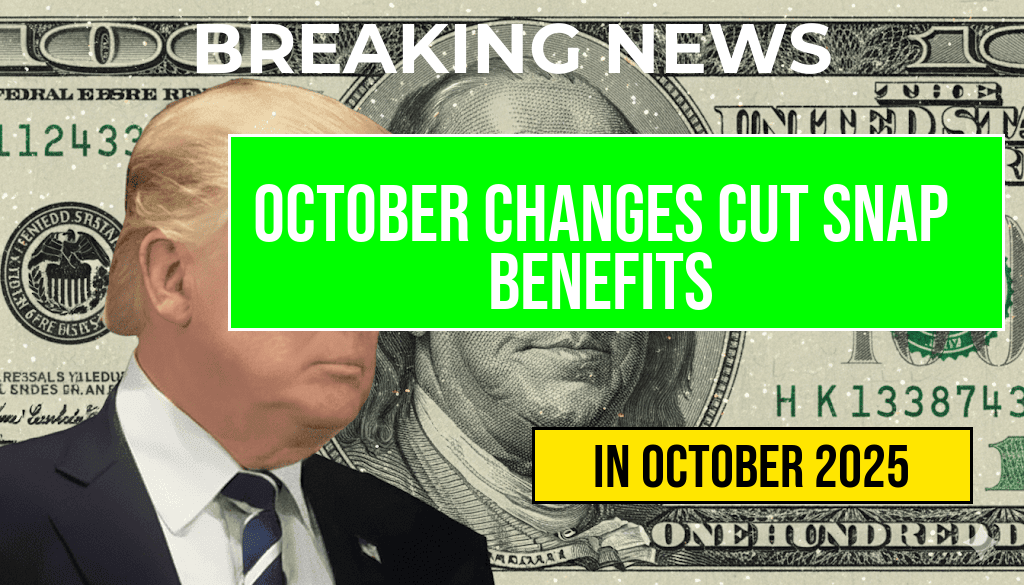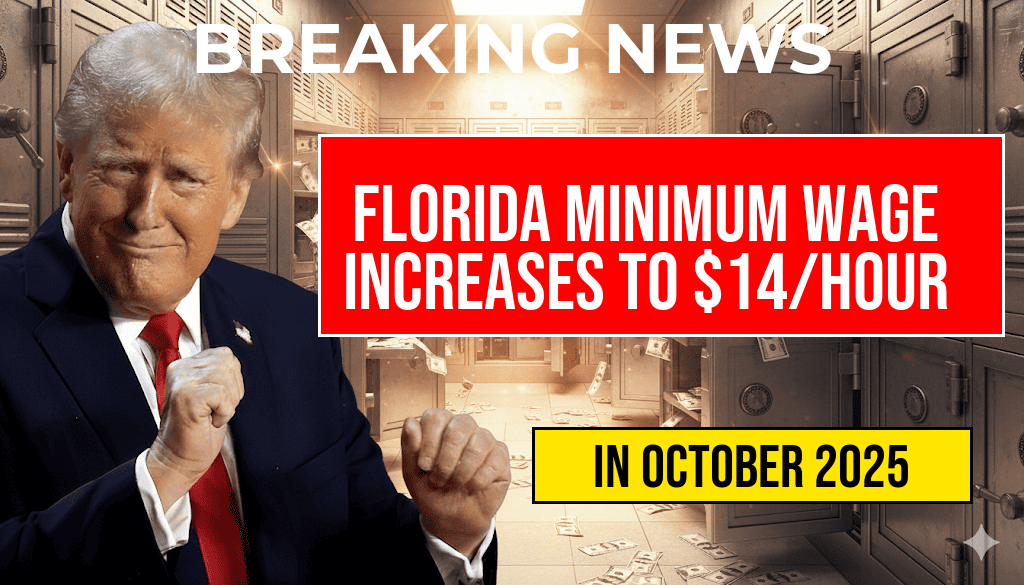In a significant policy shift, the U.S. government is set to implement an overhaul of the Supplemental Nutrition Assistance Program (SNAP) this October. The changes, which have sparked considerable debate, aim to streamline processes but come at a cost for many recipients. Specifically, the adjustments will eliminate certain benefits that have been pivotal in assisting low-income households across the nation. As millions of families rely on SNAP to put food on the table, the implications of this overhaul are extensive, raising concerns among advocates, lawmakers, and those who depend on the program. This article explores the upcoming changes, their potential effects on recipients, and the broader context behind this decision.
What Changes Are Coming to SNAP?
The upcoming overhaul will introduce several key modifications to the SNAP program. Among the most significant changes are:
- Benefit Reductions: Certain temporary emergency benefits, which were increased during the COVID-19 pandemic, will be phased out.
- Eligibility Criteria: Stricter eligibility requirements will be enforced, potentially disqualifying thousands from receiving any assistance.
- Administrative Adjustments: Streamlined processes and increased scrutiny in application reviews are expected to be implemented.
The Rationale Behind the Changes
Supporters of the changes argue that they are necessary to ensure the sustainability of the SNAP program. The government contends that the expansions made during the pandemic were meant to be temporary and that a return to pre-pandemic levels is essential for fiscal responsibility. According to the U.S. Department of Agriculture (USDA), these adjustments are intended to refocus resources on the most vulnerable populations.
Impact on SNAP Recipients
The elimination of benefits and tightening of eligibility criteria could have far-reaching consequences for millions of Americans. Studies indicate that a significant number of households may see a reduction in their monthly food assistance, which could lead to increased food insecurity. A recent report from the Feeding America network highlighted that nearly 38 million people were enrolled in SNAP in 2022, with many relying on the program as their primary source of nutrition.
Responses from Advocacy Groups
Advocacy groups have expressed serious concerns about the impending changes. Organizations such as the Hunger Free America have criticized the government for prioritizing budget cuts over the needs of vulnerable populations. They argue that many recipients are struggling to make ends meet and that removing benefits could push more families into poverty.
Future of Food Assistance Programs
This SNAP overhaul is part of a broader trend regarding food assistance programs in the United States. As inflation continues to rise, the cost of living is putting additional pressure on low-income families. The USDA has acknowledged these economic challenges, prompting discussions about reforming assistance programs to better meet the needs of those affected.
What Comes Next?
As the October deadline approaches, stakeholders are closely monitoring the situation. The government has stated that it will continue to evaluate the impact of these changes and may consider further adjustments based on feedback from recipients and advocacy groups. However, for now, the focus remains on implementing the planned changes while addressing the concerns raised by various stakeholders.
| Year | Number of Recipients Affected | Estimated Reduction in Benefits |
|---|---|---|
| 2023 | 3 million | $100/month |
| 2024 | 5 million | $150/month |
| 2025 | 7 million | $200/month |
The upcoming overhaul of SNAP represents a critical juncture for food assistance in the U.S. As policymakers navigate the complexities of budget constraints and social welfare, the effects of these changes will likely reverberate through communities nationwide. The coming months will reveal whether these new policies will effectively address the challenges faced by low-income families or exacerbate the ongoing struggle against food insecurity.
Frequently Asked Questions
What is the October overhaul regarding SNAP benefits?
The October overhaul refers to recent changes in the Supplemental Nutrition Assistance Program (SNAP) that aim to eliminate certain benefits for recipients, impacting their access to food assistance.
Who will be affected by the changes to SNAP benefits?
The changes will primarily affect low-income individuals and families who rely on SNAP for essential food support, potentially leading to increased food insecurity.
What are the reasons behind the elimination of SNAP benefits?
Proponents of the overhaul argue that the changes will streamline the program and reduce government spending, while critics express concern over the potential for increased hardship among vulnerable populations.
When will the new SNAP policies take effect?
The new policies are scheduled to take effect in October, and it is important for recipients to stay informed about how these changes may impact their benefits.
Where can SNAP recipients find more information about the changes?
Recipients can visit the official SNAP website or contact their local assistance office for detailed information regarding the upcoming changes and available resources.












